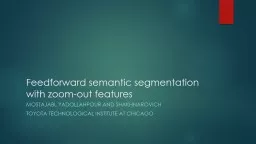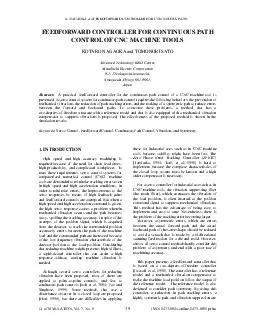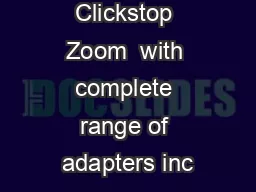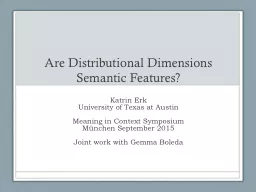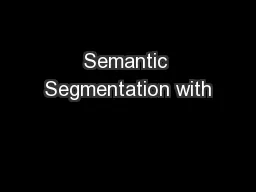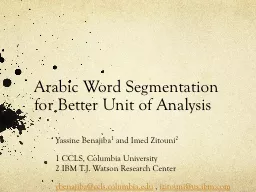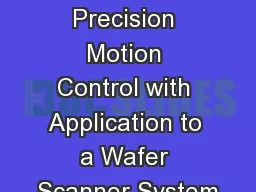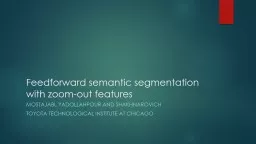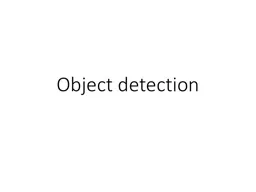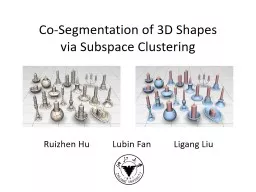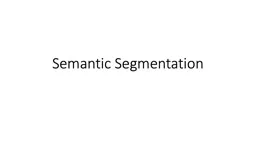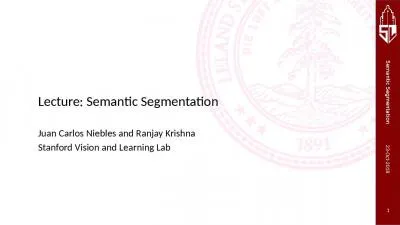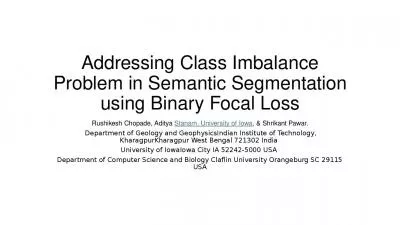PPT-Feedforward semantic segmentation with zoom-out features
Author : min-jolicoeur | Published Date : 2018-09-22
Mostajabi Yadollahpour and Shakhnarovich Toyota Technological Institute at Chicago Main Ideas Casting semantic segmentation as classifying a set of superpixels
Presentation Embed Code
Download Presentation
Download Presentation The PPT/PDF document "Feedforward semantic segmentation with z..." is the property of its rightful owner. Permission is granted to download and print the materials on this website for personal, non-commercial use only, and to display it on your personal computer provided you do not modify the materials and that you retain all copyright notices contained in the materials. By downloading content from our website, you accept the terms of this agreement.
Feedforward semantic segmentation with zoom-out features: Transcript
Download Rules Of Document
"Feedforward semantic segmentation with zoom-out features"The content belongs to its owner. You may download and print it for personal use, without modification, and keep all copyright notices. By downloading, you agree to these terms.
Related Documents

